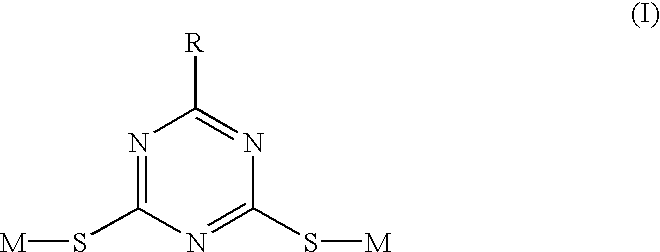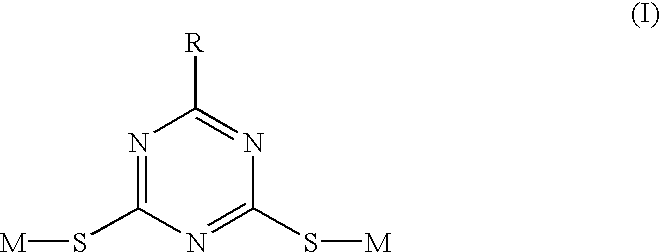Non-aqueous electrochemical device
a non-aqueous electrochemical and device technology, applied in the direction electrochemical generators, primary cells, etc., can solve the problems of oxidative decomposition of solvents or solutes, high energy density, and high voltage and energy density of non-aqueous electrolyte secondary batteries, etc., to inhibit the deterioration of characteristics, low resistance, and high energy density
- Summary
- Abstract
- Description
- Claims
- Application Information
AI Technical Summary
Benefits of technology
Problems solved by technology
Method used
Image
Examples
example 1
FIG. 1 is a longitudinal, sectional view of a cylindrical type battery of the present invention. A positive plate 5, a negative plate 6 and a separator 7 arranged between them are wound around plural times to take the shape of a spiral and are arranged into a battery case 1. A positive lead 5a is pulled out of said positive plate 5 and connected with a sealing plate 2, and a negative lead 6a is pulled out of the negative plate 6 and connected with the bottom of the battery case 1. The battery case and leading plates can be prepared from the electronically conductive metals or alloys resistant to the organic electrolytes. For example, the metals such as iron, nickel, titanium, chromium, molybdenum, copper, aluminum and the like or their alloys may be used herein. Particularly, it is most preferable that processing a stainless steel or Al--Mn alloy plate makes the battery case and that the positive leads are made of aluminum and the negative leads are made of nickel. Furthermore, the ...
PUM
 Login to View More
Login to View More Abstract
Description
Claims
Application Information
 Login to View More
Login to View More - R&D
- Intellectual Property
- Life Sciences
- Materials
- Tech Scout
- Unparalleled Data Quality
- Higher Quality Content
- 60% Fewer Hallucinations
Browse by: Latest US Patents, China's latest patents, Technical Efficacy Thesaurus, Application Domain, Technology Topic, Popular Technical Reports.
© 2025 PatSnap. All rights reserved.Legal|Privacy policy|Modern Slavery Act Transparency Statement|Sitemap|About US| Contact US: help@patsnap.com



